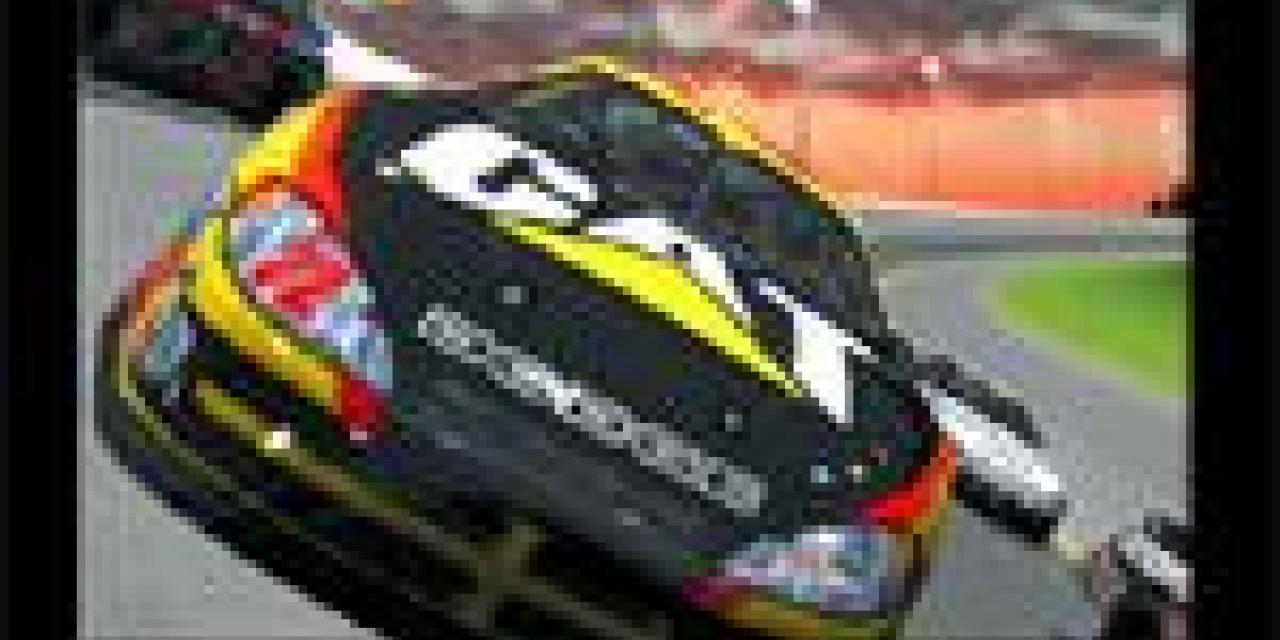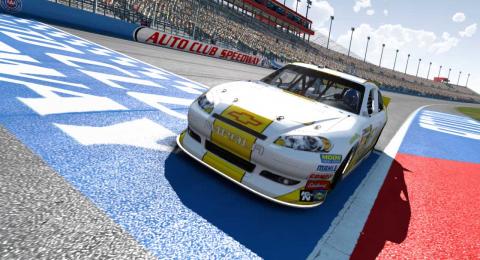
Licensing talks are under way between several networks for the creation of a TV show based on the newly formed auto race league Bad Azz Drivers (B.A.D.), a Centerline Media production. Described as the WWF of the auto racing world, the made-for-TV league is a non-traditional race forum that centers on pro and semi-pro racers with outrageous personalities, maneuvering through controlled urban and suburban settings in front of a live audience. Race expert and multi auto shop owner Michael Yeakle has been named race commissioner and will be in charge of designing and enforcing all race specs including cars and tracks.
Rapper and actor Ice-T will host the events located on closed courses resembling city streets complete with facades and hazards such as oil slicks, rain showers, downed trees and pot holes, to name a few. Special cameras on the track, in the car, at "rest stops," and on the driver provide in-your-face action similar to a video game point-of-view, providing astounding angles, close-up excitement and driver reaction.
Compared to NASCAR, which is 75 percent racing and 25 percent entertainment, B.A.D. will be more like the WWF of auto racing where racing and entertainment run 50/50 and personality makes the difference,</> said Jetmir. The street racing that has become so popular is dangerous when done in an uncontrolled environment. We're taking street racing off the streets and creating an environment where souped up every-day cars compete in a real-world, urban environment that will attract crowds to the events and entertain TV audiences across the country.
The first race series begins in January 2004 in Southern California and features three categories with diverse challenges. One requires three drivers to maintain an average of 95 MPH through mock suburban streets for about for 20 minutes while a police car is in pursuit. The police can stall out any of the cars by closing within 10 feet of them.
Similar to the NASCAR series, the B.A.D. concept also lends itself to corporate sponsorship and advertising through billboards, pit stops and venues both on the course and in the viewing area.








